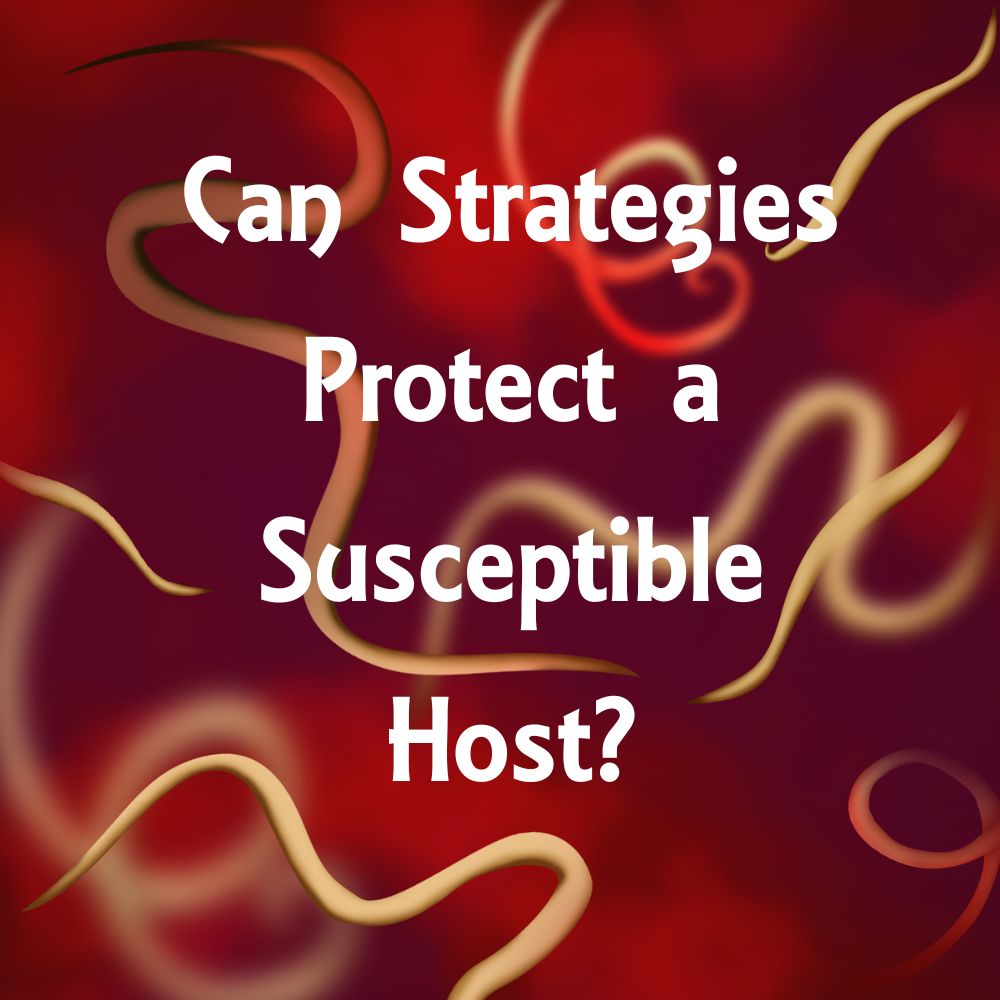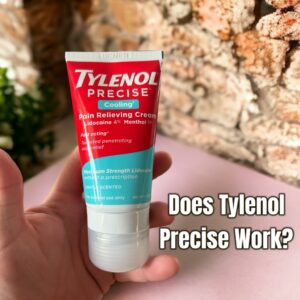In the realm of disease prevention and public health, the concept of protecting susceptible hosts plays a pivotal role. Strategies aimed at safeguarding these vulnerable individuals are fundamental in reducing the spread and impact of infectious diseases. This article explores the effectiveness of various strategies in protecting susceptible hosts and their significance in public health.

Understanding Susceptible Hosts
Before delving into protective strategies, it’s essential to understand who susceptible hosts are. A susceptible host refers to an individual who lacks immunity or has reduced resistance to a particular infectious agent. These individuals are at an increased risk of contracting the disease when exposed to the pathogen. Susceptibility can be influenced by various factors, including age, underlying health conditions, vaccination status, and genetics.
Immunization Programs
Answer: Immunization Programs
Immunization programs are a cornerstone in protecting susceptible hosts from vaccine-preventable diseases. Vaccines are designed to stimulate the immune system without causing illness, creating immunity against specific pathogens. Through widespread vaccination, not only are susceptible individuals shielded from infection, but the concept of herd immunity is achieved. This indirect protection occurs when a sufficient portion of the population becomes immune, reducing the overall spread of the disease.
Health Education and Promotion
Answer: Health Education and Promotion
Public health initiatives that focus on health education and promotion play a vital role in protecting susceptible hosts. These strategies involve raising awareness about disease transmission, prevention measures, and the importance of early diagnosis and treatment. By educating communities, individuals are empowered to take proactive steps in reducing their susceptibility to infections.
Quarantine and Isolation
Answer: Quarantine and Isolation
Quarantine and isolation measures are deployed to separate individuals who have been exposed to a contagious disease (quarantine) or those who are infected (isolation). These strategies protect susceptible hosts by minimizing their contact with potential sources of infection. Quarantine and isolation are particularly effective during outbreaks and pandemics.
Hygiene Practices
Answer: Hygiene Practices
Promoting good hygiene practices, such as handwashing, respiratory etiquette, and sanitation, is instrumental in reducing the vulnerability of hosts to infections. Proper hygiene measures limit the transmission of pathogens in various settings, from healthcare facilities to households. By adopting these practices, individuals can protect themselves and others from potential sources of infection.
Antimicrobial Prophylaxis
Answer: Antimicrobial Prophylaxis
In specific situations, healthcare providers may prescribe antimicrobial prophylaxis to susceptible hosts. This involves administering antibiotics or antiviral medications to individuals at risk of infection due to known exposure. Antimicrobial prophylaxis is commonly used in healthcare settings to prevent surgical site infections and in situations where a susceptible host has been in close contact with a confirmed case of a contagious disease.
Strategies to protect susceptible hosts are essential components of public health efforts to mitigate the impact of infectious diseases. Whether through vaccination, health education, quarantine, hygiene practices, or antimicrobial prophylaxis, these strategies contribute to reducing susceptibility and preventing the spread of infections. In an interconnected world, safeguarding susceptible hosts remains a collective responsibility to ensure the well-being of individuals and communities.
As an Amazon Associate we earn from qualifying purchases through some links in our articles.




